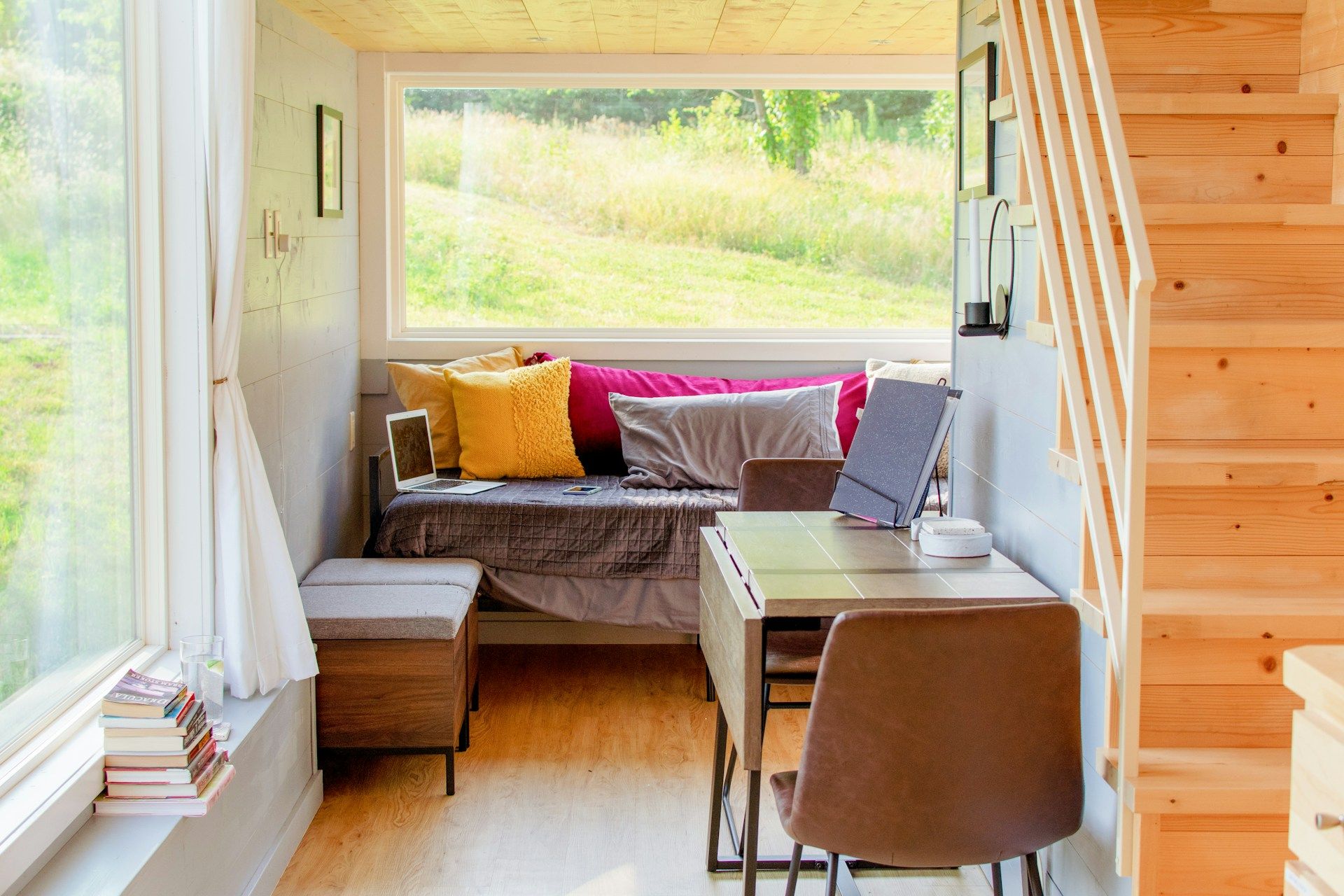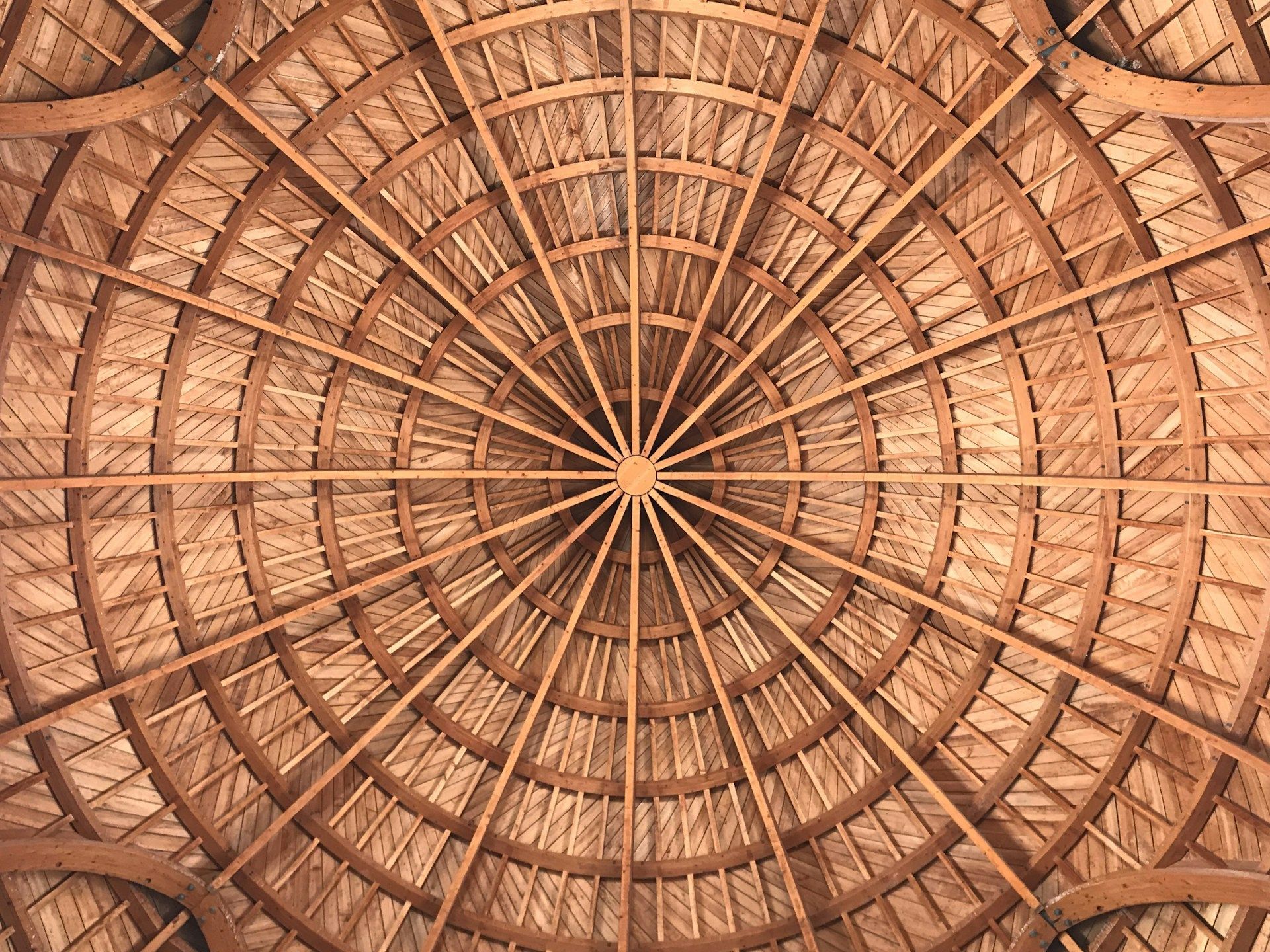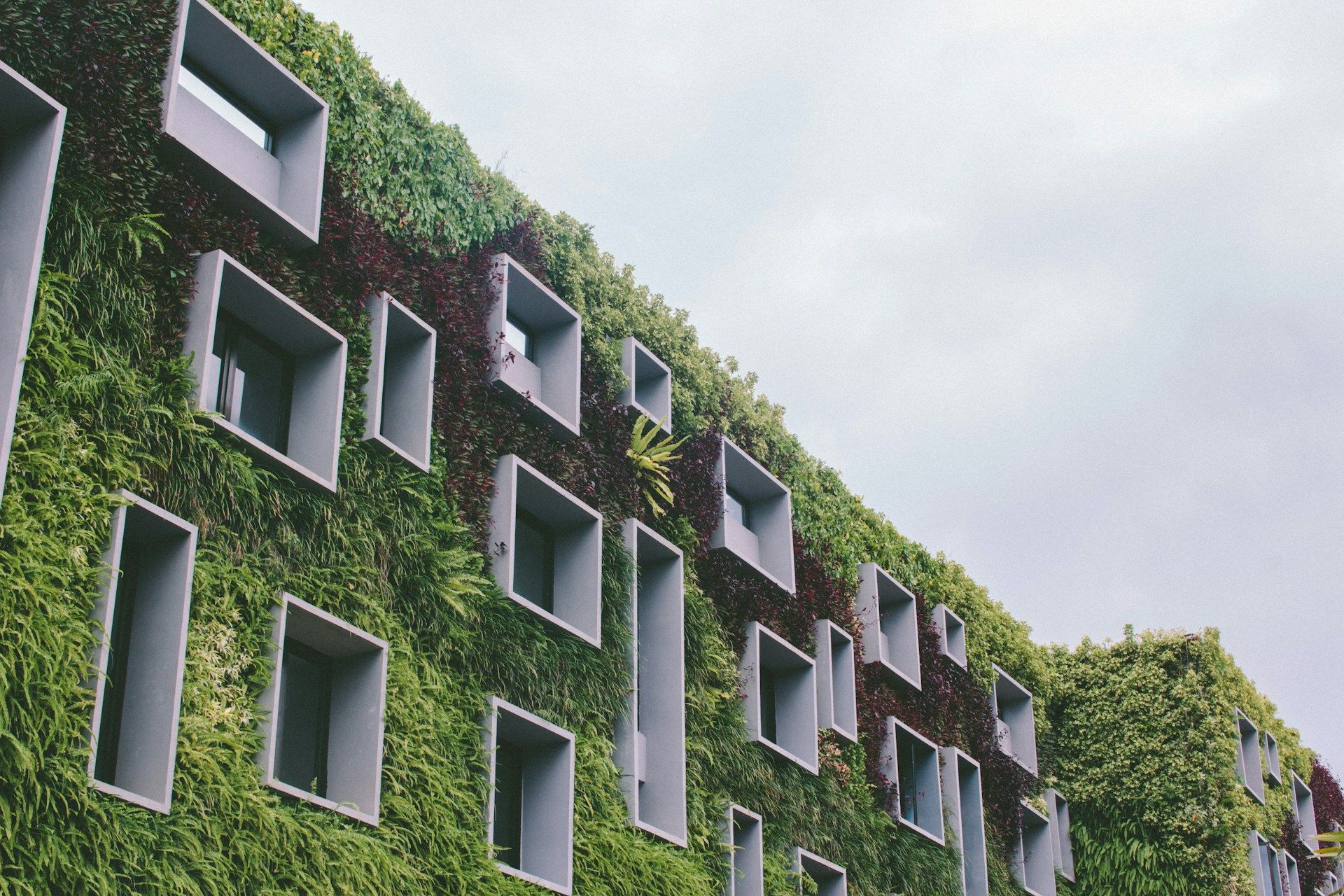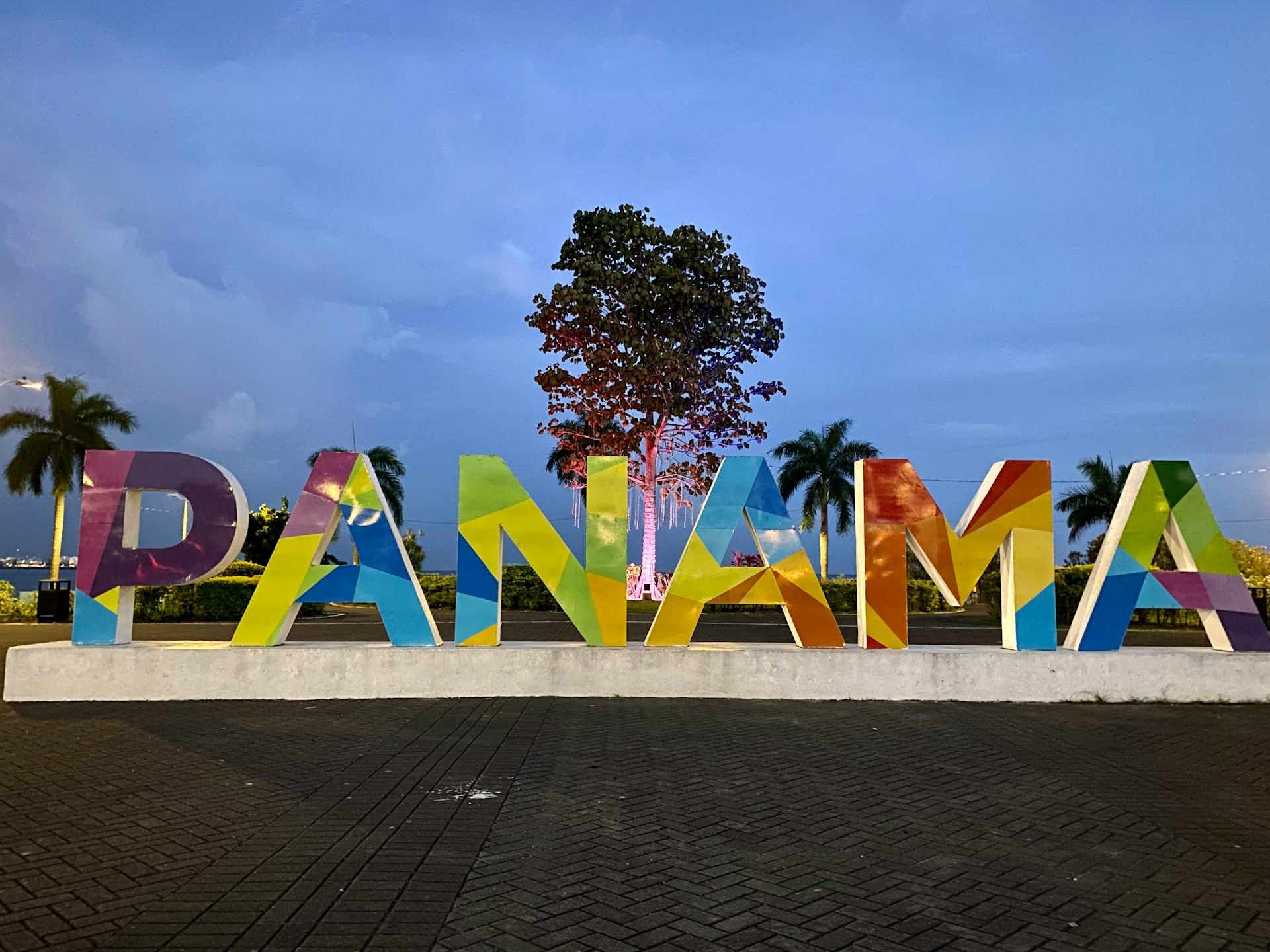Renewing Through Preservation: Architecture with Historical Memory
In contemporary architecture, the challenge of balancing past and future has become an act of sensitivity and vision. In Panama—where history intertwines with modernity at every corner—architecture with historical memory emerges as a coherent response to urban expansion. To renew while preserving means respecting the identity of spaces, reinterpreting their essence, and adapting them to new functions without erasing their history. It is, ultimately, an exercise in balance between heritage preservation and architectural innovation.
The Importance of Memory in Panamanian Architecture
Panama possesses a diverse architectural heritage that reflects its cultural evolution—from the colonial buildings of Casco Antiguo to the modernist structures of the mid-20th century. However, the city’s accelerated growth has put much of this legacy at risk.
Renewing through preservation allows for the recovery of spaces with symbolic and emotional value, reintegrating them into contemporary urban life. In doing so, architecture becomes a bridge between generations, preserving the cultural identity that gives meaning to its surroundings.
Rehabilitation: Between Technique and Emotion
Restoring a historic building is much more than repairing walls or replacing structures. It is a process of reading, interpretation, and dialogue with what time has left behind.
In Panama’s context—where humidity, tropical weather, and urbanization pose challenges—architects must combine traditional techniques with contemporary solutions that ensure durability and efficiency.
For instance, integrating passive ventilation systems, natural insulation, and recycled local materials helps maintain the essence of original constructions while adapting them to current demands.
The challenge lies in making the intervention visible only where necessary and silent where the building still speaks for itself. This technical and emotional balance distinguishes the most successful restoration projects.
Casco Antiguo and Responsible Transformation
Casco Antiguo, Panama’s Old Quarter and a UNESCO World Heritage Site, is one of the most emblematic settings where architecture with historical memory takes on real meaning.
Over the past decades, this area has undergone an urban revitalization process that has attracted investment, tourism, and new ways of inhabiting space. However, the renewal of Casco Antiguo also raises dilemmas about how to preserve authenticity amid real estate pressure.
The goal is not to freeze the past, but to reinterpret it through contemporary materials, technologies, and design languages that keep the essence of the place alive.
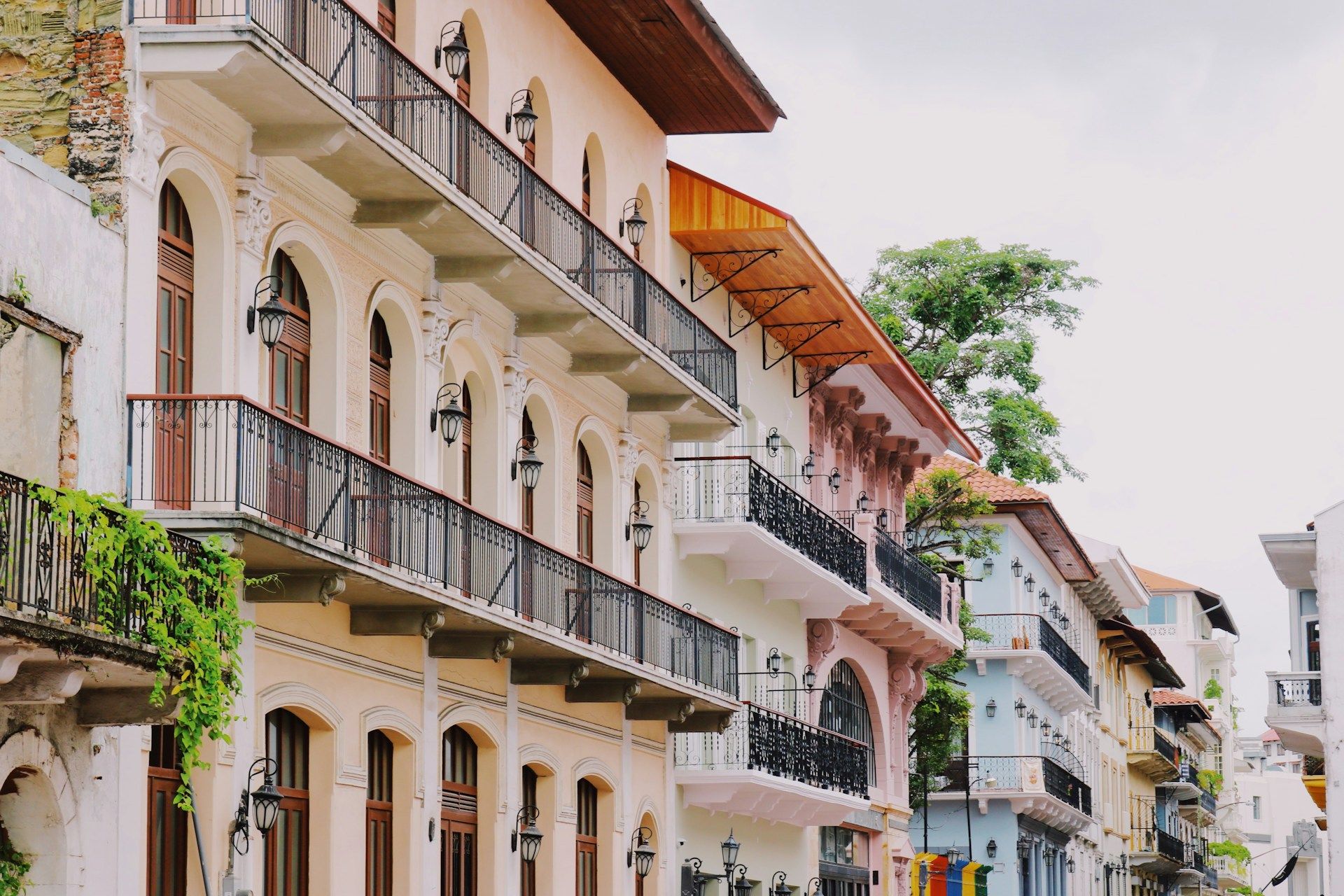
Heritage Architecture with Sustainable Value
Sustainability goes beyond using eco-friendly materials or clean technologies. In heritage architecture, preservation itself is a sustainable act.
Reusing existing structures reduces resource consumption, minimizes demolition waste, and extends a building’s lifespan. Moreover, revitalizing historic properties strengthens the urban fabric and stimulates the local economy, creating new uses without displacing collective memory.
Restoration also makes it possible to recover traditional construction techniques such as lime-based mortars, stone, or local wood, which provide effective bioclimatic solutions in Panama’s tropical context. These types of projects demonstrate that innovation and history are not at odds; on the contrary, innovation can amplify the value of heritage.
Contemporary Spaces with Historical Soul
One of the most notable trends in Panama’s current architecture is the fusion of old and new. Industrial buildings turned into creative offices, colonial houses transformed into boutique hotels, or mid-century structures repurposed as cultural centers—all show how history can coexist with modern functionality.
The key lies in maintaining a visual and material dialogue between what is new and what preexists. Well-managed contrasts—such as steel and glass next to stone walls or restored wood—enrich the spatial experience and express the passage of time.
In many of these projects, architects design not only habitable spaces but also narratives that connect past and present.
The Future of Architectural Conservation in Panama
The future of architecture with historical memory in Panama will depend on the collective ability to value heritage as both a cultural and economic resource. Each restoration represents an opportunity to strengthen urban identity, promote sustainable tourism, and create spaces that speak of continuity rather than rupture.
The challenge for the coming years will be to integrate public policy, private investment, and civic awareness that recognize the value of preserving in order to evolve.
Panama holds great potential in this regard. Its architectural diversity—from colonial heritage to tropical modernism—provides fertile ground for projects that combine history, innovation, and sustainability.
To renew through preservation is not only to rescue structures—it is to rescue stories, ways of life, and values that defined an era. In Panama, every restored building represents a gesture of acknowledgment toward collective heritage and a commitment to the urban future.
Architecture with historical memory reminds us that progress is not about building more, but about building better—with awareness, identity, and respect for the marks of time.


